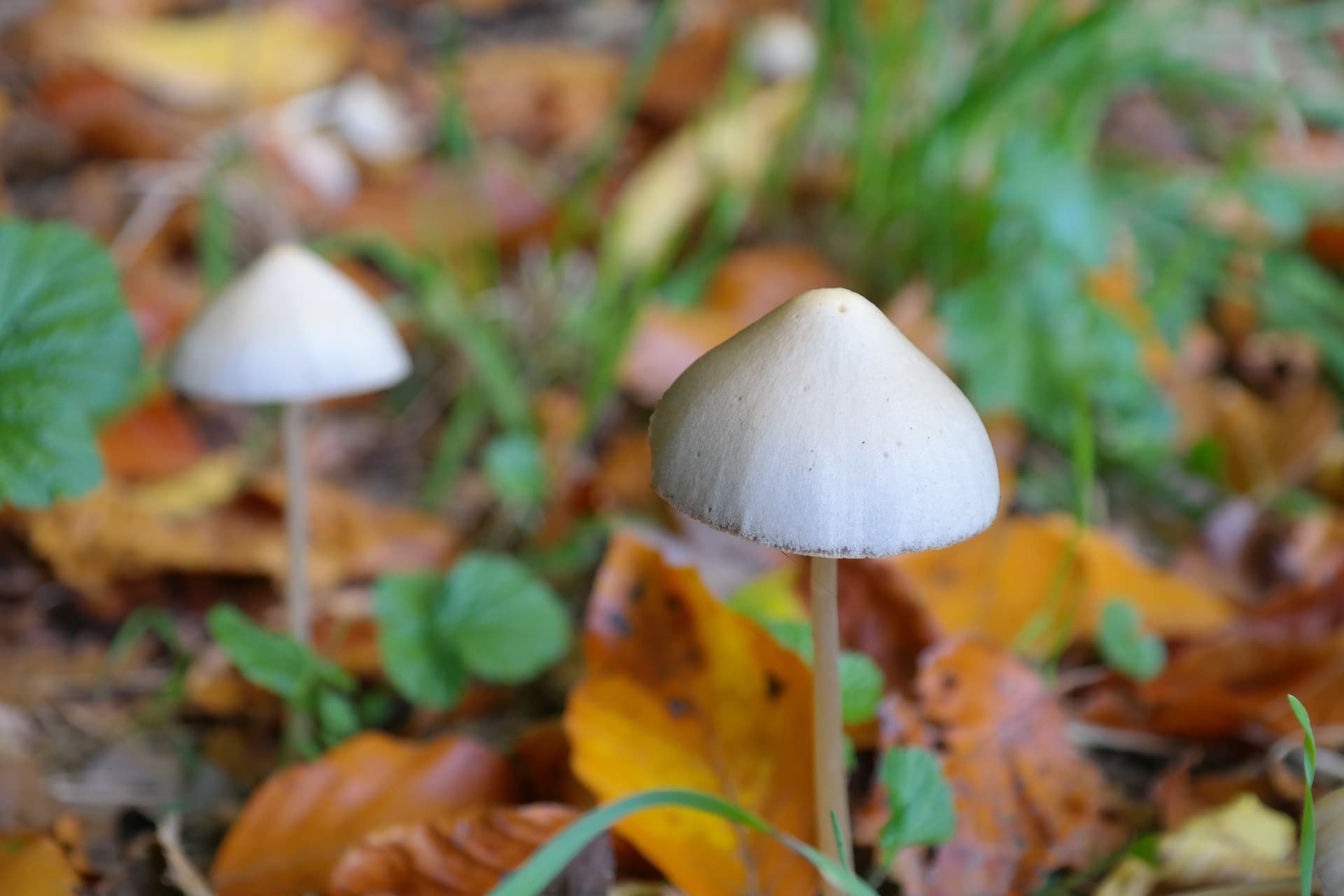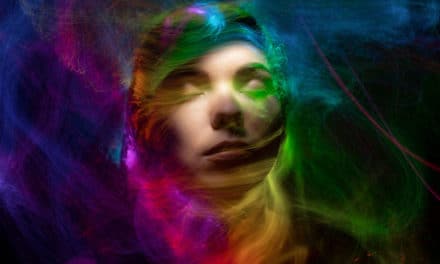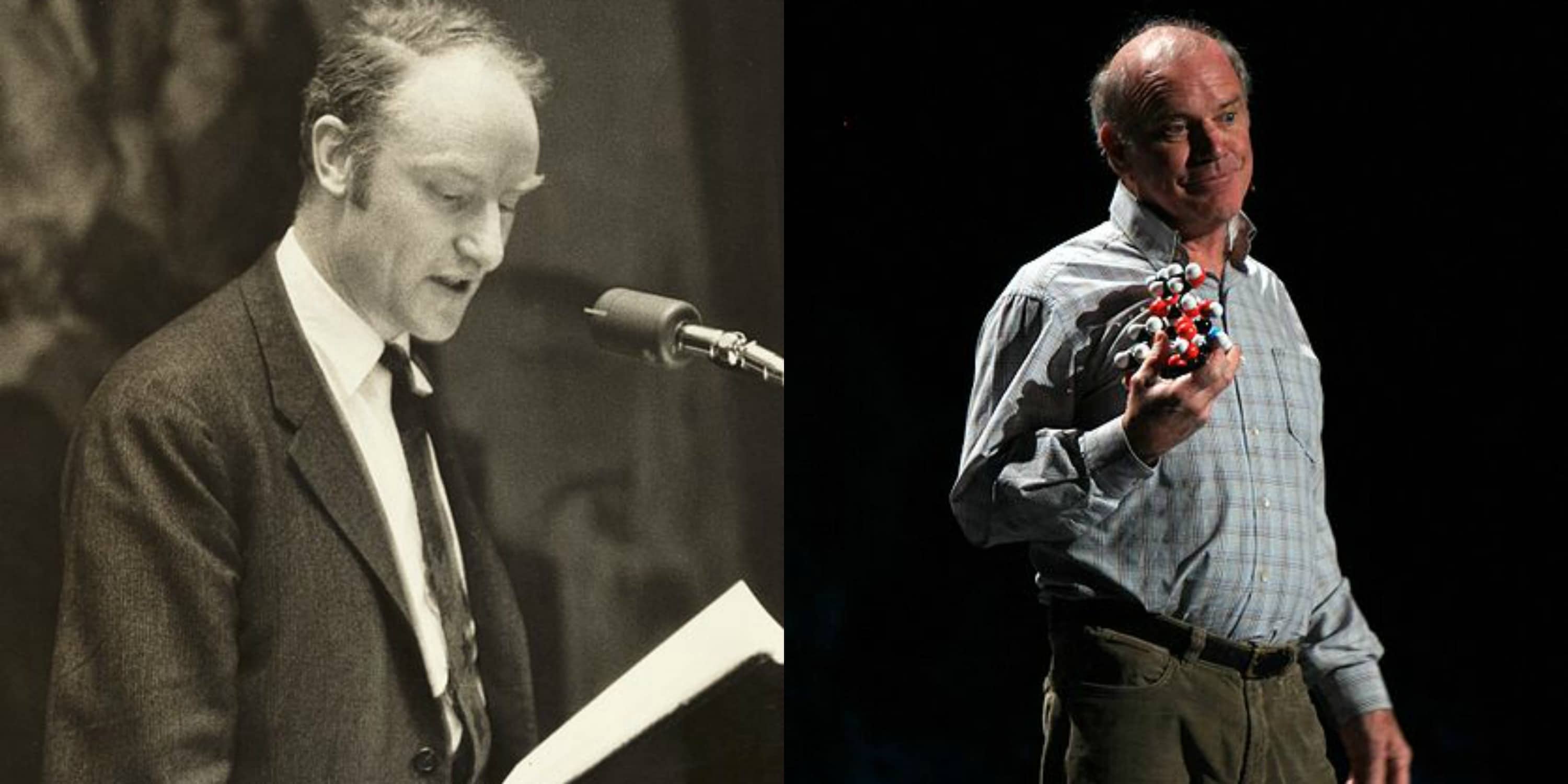A new study published earlier this month in Frontiers of Psychology explored the similarities and differences between the strange phenomenon of near-death experiences and the psychedelic state induced by the consumption of DMT, finding that there is a significant overlap of subjective effects between the two experiences.
While there is no universally accepted definition of near-death experiences, people who have had them describe experiencing feelings of inner peace, traveling through a dark region or “void” (which is often associated with a tunnel), and visions of a bright light.
DMT users commonly report the perception of a high-pitched whining or whirring sound during the onset of the experience, and reflecting on end-of-life topics including death, dying, and the afterlife. The DMT-containing Amazonian brew known as ayahuasca (which translates to “vine of the dead” or “vine of the soul”), along with psychedelics in general, has also been linked to themes of death and dying.
Both near-death experiences and DMT trips have been described as being “realer than real” and are sensitive to contextual factors like existing psychological traits and mental states (set), and the environment in which the experience occurs (setting).
Near-death experiences have been associated with long-term positive changes in mental health, greater concern for others, decreased fear and anxiety surrounding the prospect of dying, heightened appreciation for nature, reduced interest in social status and possessions, and increased self-worth.
Similarly, DMT users have reported reduced death anxiety, pro-ecological behavior and a connection with nature, and the treatment of psychological issues such as depression and substance abuse disorder. In fact, data gathered in the study led researchers to posit that the overlap between near-death experiences and the DMT state may extend past the acute experience itself into the area of long-term psychological changes.
While the subjective effects of DMT have been researched in the past, the researchers believe that this study was the first to formally explore the relationship between near-death experiences and the DMT state.
Study Design
The fixed-order, placebo-controlled, single blind study involved 13 healthy participants. Each participant was screened and received two dosing sessions, separated by one week. Informed consent was obtained from the volunteers prior to the screening process, which involved routine physical tests and a psychiatric interview.
Applicants lacking experience with classical psychedelic drugs (LSD, psilocybin, DMT, ayahuasca, etc.), as well as those with current or previously diagnosed psychiatric illnesses, an immediate family history of psychotic disorder, excessive alcohol use, anxiety involving blood or needles, or a significant medical condition rendering them unsuitable for participation were excluded from the study.
Tests for drug abuse and pregnancy were performed during screening and dosing days and participants were required to abstain from using psychoactive substances for at least seven days prior to participating in the study.
The researchers obtained baseline correlation measures by having participants complete questionnaires prior to the dosing sessions. Participants also filled out the questionnaires following each dosing session, recording information about what their subjective experiences were like after taking DMT and the placebo.
In a reclined position, the volunteers rested in a dimly lit room while low volume music played in the background, promoting a sense of calm during the session. Electroencephalogram (EEG) recordings were taken before and after the administration of DMT and the placebo.
Although the participants were unaware of the order in which placebo and DMT were to be administered, the research team knew ahead of time (due to the study’s single-blind design) that the placebo would be given during the first session, followed by the administration of DMT one week later. The order was intended to promote safety by allowing participants to become familiar with the research team and environment prior to receiving DMT, as well as to prevent any potential carryover effects from the psychedelic experience.
The Results
The study’s results show that qualities associated with near-death experiences were significantly likely to occur following the administration of DMT. In fact, all 13 participants scored above the standard threshold for a near-death experience after being dosed with DMT.
A few subtle differences were identified between the characterizations of DMT trips and near-death experiences. For example, the psychedelic experience is known for engendering the experience of entering an unearthly realm more so than actual near-death experiences, while nudging up against the feeling of a “point of no return” happened more often in actual near-death experiences than with DMT.
But the researchers believe that there may be a reasonable explanation for these differences. It all comes down to the fact that this study, which took place in a safe laboratory setting, involved prior screening, psychological preparation, and consent, compared to a spontaneously-occurring near-death experience catalyzed by sickness or an unforeseen accident. After all, it must be far different to prepare for a psychedelic experience than it is to randomly undergo a near-death experience.
Limitations
The study did have its limitations. Participants did not receive a uniform dose of DMT—due to the fact that this research played a role in a dose-finding pre-study conducted ahead of a larger EEG-fMRI study involving DMT—and these variations in dosage levels could have affected the findings. In addition to issues surrounding dosage, it is also possible that participants may have been primed to have a near-death experience because the placebo sessions always came first (to avoid carryover and increase comfort for the DMT session), but that is unlikely considering the number of other measures and time between sessions.
Conclusion
Overall, the findings exposed a strong overlap between features of near-death experiences and the DMT state. Both phenomena have evoked out-of-body experiences, entering into unearthly realms, perceiving and communicating with sentient beings, and the general themes of death and dying. That is not to say that if you smoke DMT you are guaranteed to have an experience of dying (sometimes referred to as an “ego death”) or that you will end up reflecting about death. However, these things are certainly possible and something that should be considered before trying DMT or any other psychedelic substance.
The researchers note that the differences between the two experiences might come down to contextual differences rather than anything inherent to the specific inducers themselves. In fact, the study suggests that certain factors—such as delusional thinking and personality trait absorption—can have a significant effect on both the intensity and quality of the experience.
The study’s findings indicate that DMT and other psychedelics could assist in one’s preparation for death. Future research studies could further investigate the overlap between near-death experiences and the psychedelic state, which may develop further understanding about the inevitable and universal phenomenon of death, perhaps even promoting a greater sense of familiarity with and healthy acceptance of it.
What Does This Mean?
It would be completely understandable (especially for a psychedelic-naïve person) to think that this is all a bit strange. After all, why would taking drugs have anything to do with the process of dying, and why would we want to prepare for it?
Each culture has its own beliefs pertaining to death, as well as a unique set of opinions concerning how to best prepare for death. Many in our modern Western society become upset, sometimes even to the point of traumatization, simply by thinking about, discussing, or experiencing various aspects of death.
An example of a culture taking the opposite approach are the Tibetans, who have used the Tibetan Book of the Dead for 13 centuries in order to learn about and prepare for the end of life. It would be reasonable to say that cultures who spend time becoming familiar with death may have a better understanding and positive relationship with it than we do in the West.
But that doesn’t mean that we’re doomed. Now that hard evidence surrounding the similarities and differences between the DMT state and near-death experiences has been obtained, perhaps our society can begin to develop a healthier relationship with death, and in turn, live our lives to the fullest.
It will be interesting to see where the research involving death and psychedelics ends up next. We’ll certainly be covering it here at Psychedelic Times, and you can stay subscribed to keep up to date on all the latest psychedelic news and events each month.










